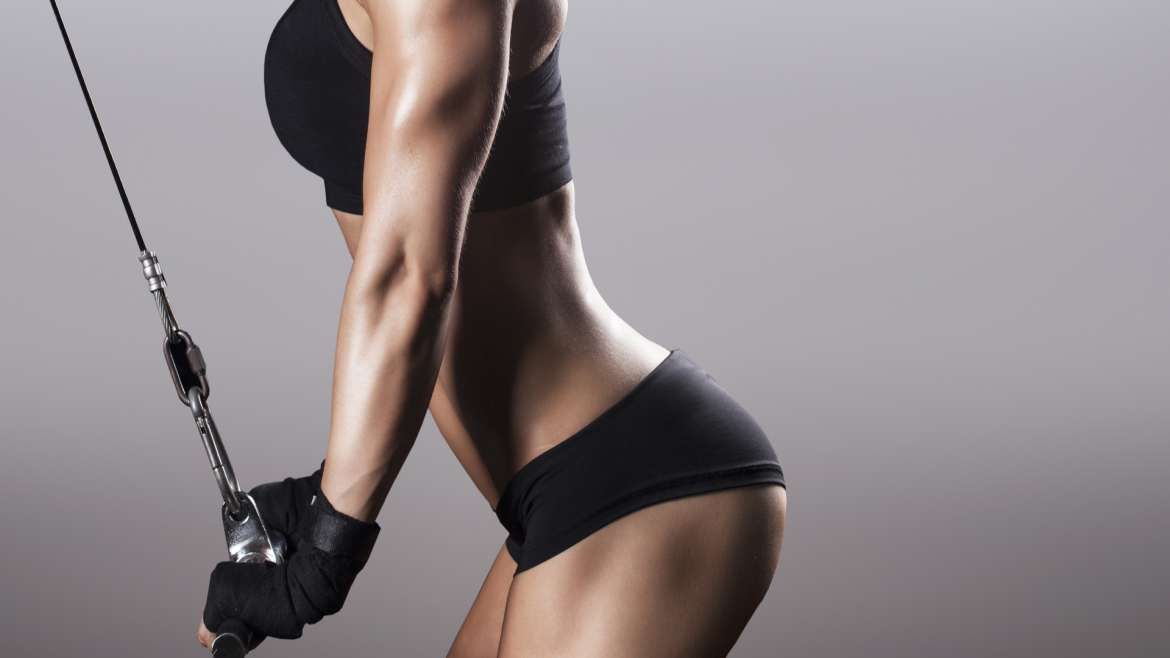The Training You Need To Be Doing For Perfect Glutes
The strongest muscle group in the human body and the epicenter of many photos that take over our Instagram feed. We’ ve given away what this article is all about, haven’t we? Get ready, because you will find out below everything it will take to keep everyone’s eyes peeled on you.
The Basics
Before we get into the nitty-gritty and start thinking about workouts for a particular muscle group – glutes or not – it is extremely important to go over its function and anatomy. First of all, the glutes consist of three muscles: the gluteus maximus, the gluteus medius and the gluteus minimus. I am sure you can guess which muscle is the one that interests most female trainees(and most of all Insta-celebrities)? If you thought of the first one, then kudos! The glute max is the muscle closest to the skin and covers the other two muscles. It is at the forefront of many workout programs on the Internet, as it is the one providing the much coveted shape in the buttocks.
This muscle has the biggest contribution to hip extension and maintaining the trunk in a standing position. Therefore, any exercises that requires hip flexion and extension(e.g., squats, deadlifts) can be used in our training. Even explosive sled sprints or uphill running can be an effective form of training since the movements essentially consists of hip flexion and extension.
On to the glute med. Probably the most overlooked muscle in our workouts, this one is mainly responsible for hip stabilization,abduction and internal/external rotation. It fires alongside the glute min, when they are trying to keep our bodies upright when standing on one leg. A trainee with a glute med weakness will notice his knees caving in during squats, a common issue also known as knee valgus. An underactive glute med will not be able to stabilize our hips and pelvis. This could lead to all sorts of problems like back pain, knee injuries and even ankle instability*!
It is therefore absolutely necessary to include isolating exercises for this muscle in our training. The resistance bands will become your best friend here. You will quickly feel the difference not only in terms of the effectiveness of the exercise but also in terms of the burn you will feel in your glutes. This can be explained by the fact that these bands will try to keep your legs close to each other and you will resist that tension throughout the exercise. Your glutes will be ablaze in no time! Even classic exercises like squats or glute bridges will be several times more difficult with a humble resistance band wrapped around your knees.
Last but not least, the glute min is a muscle located under the glute med and shares many of the same responsibilities. For this reasons, weakness in one is often accompanied by weakness in the other. Furthermore, exercises that will train the glute min effectively, will train the glute med equally as well.
The workout
Since the glutes are the strongest muscle group in the body, they have an excellent response to weight training. Classic weightlifting or powerlifting exercises can train these muscles effectively with a bigger emphasis on the glute max. Simultaneously, due to their stabilizing role in all lower body and core movements, they respond equally well to resistance band training. The bands offer a varied resistance, which the glute min and med will have to deal with in order to stabilize the athlete’s pelvis and legs (remember the functions of these muscles).
Therefore due to the anatomy and role of the muscles that make up the glutes, it is extremely important that our training does not remain stagnant and there is a variety of resistance types, exercises, rep ranges etc. Also, a strengthening program of such a muscle group will have to include at least two targeted workouts per week. All this leads us to the following workout programme.
(If you haven’t read any of the above so far, that’s fine! Here comes the good part!)
Workout A
Sumo Deadlifts: 4 sets of 10-12 reps (1-minute break)
Goblet Box Squats: 4 sets of 10-12 reps (1-minute break)
Walking Lunges: 3 sets of 30 reps (90-second break)
Resistance Band Hip Abductions: 2 sets of 50 reps (90-second break)
Workout B
Barbell Hip Thrusts: 4 sets of 10-12 reps (1-minute break)
Bulgarian Split Squatsa: 4 sets of 10-12 reps(1-minute break per leg)
Medicine Ball Leg Curls: 3 sets of 30 reps(90-second break)
Fire Hydrants(w/ resistance bands): 2 sets of 50 reps(90-second break)
If you have the time for a 3rd workout within the week, go back to workout A and then next week start with workout B. Also, always remember to have a day off between your workouts. Rest is on the three basic pillars of success in the gym alongside training and nutrition. Do not neglect it!
That’s all! How does this program look like? Easy or difficult? Give it a chance and let us know about your training results in the comments below.
Enjoy your workouts!



